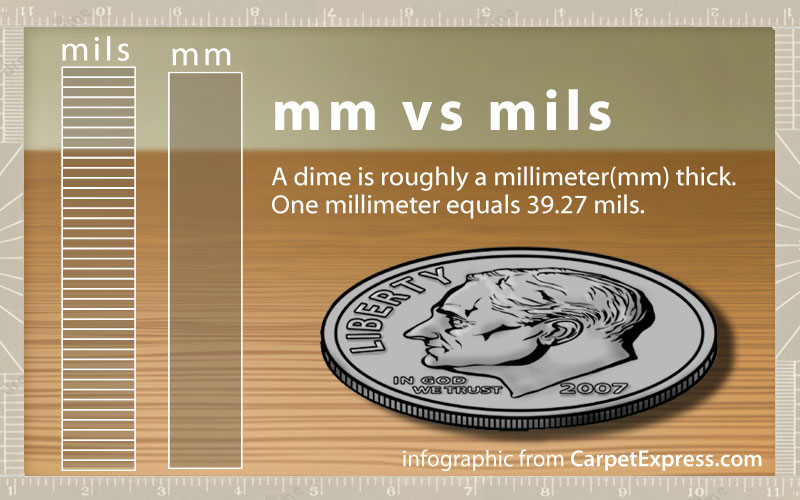We found this article about installing your own Laminate Flooring on DoItYourself.com, and thought it would be quite useful to our readers. Let us know what you think in the comments box.
Prep-work:
1. Measure the floor area you want to cover and add 10 percent for waste.
2. Installation kits for laminate flooring are available wherever laminate flooring is sold. They cost less than $20 and include specialized tools like a tapping block and a pry bar for working in close to walls plus some spacers to keep the laminate away from the wall. They’re well worth the price.
3. Laminate is usually installed running the length of a room; however, some people prefer to run it parallel to the light entering the room (see photo).
4. Be sure to bring your laminate flooring into the house at least 48 hours before you begin installation. This will allow it to acclimatize to the humidity level in your home and the boards won’t move after the floor is installed.
Installation:
1. Take off baseboards and moldings all around the room and remove any doors in the room.
2. Fasten down any loose or squeaking floorboards and use leveling compound to get rid of any dips in the floor. If you have taken up carpet, make sure you remove any nails or tacks that might be left.
3. Install the underlay – it usually comes in 36″ or 42″ wide rolls – by rolling it out in rows butted against each other (not overlapping). Tape the seams with duct tape. If you are putting the laminate directly on top of a concrete floor, first put down a plastic sheet to act as a vapor barrier, before putting down the underlay.
4. The height of the new laminate flooring may mean your doorframes need to be modified. Check by laying a piece of the flooring on top of the underlay and see if it fits below the jamb. If not, mark the jamb and cut it so the flooring can slide under it.
5. Starting at the far side of the room, measure across the room to determine out if you need to rip the first plank. You want to end up with the pieces on both sides of the room approximately the same width.
6. Lay the first boards against your starting wall, groove side towards the wall. If you do need to rip the first row of boards to width, cut off the groove side. Use spacers (or a piece of flooring on edge) to ensure you leave a 1/4″ gap between the flooring and the wall. You need to leave this 1/4″ gap between the flooring and the wall all around the room to allow for minor seasonal variations in the boards themselves.
 |
| A specially designed pry bar helps lock tongue-and-groove laminate boards together. |
7. Lay out the first three rows as follows: The first board in the first row needs to be a full board. The first board in the second row should be 2/3 of a board and the first board in the third row should be 1/3 of a board. Fill in the rows with full boards and boards cut to fit the remaining space. Repeat the pattern as you move across the room, ensuring that joints are always at least 8″ from each other.
8. Join the boards together by inserting the tongue into the groove at a high angle and then pushing down. The boards will click together. Tapping gently with a hammer and the tapping block may be necessary to make sure the boards lock together.
9. When you are working close to the wall, the pry bar specially designed to work with laminate flooring helps pull the boards into place end to end (see photo). Never use the hammer directly on the pieces of laminate – you could damage the edge of a piece so badly nothing will be able to fit with it.
10. Cut laminate flooring with a circular saw with a fine tooth blade or a jig saw. Using a power saw, cut laminate good side down, to reduce tear out on the cuts.
11. Once the floor is down, reinstall your baseboards and moldings, making sure you nail them to the wall and not the laminate flooring. This will cover that 1/4-inch gap you left around the perimeter of the room.
Do It Yourself: Laminate Flooring,
1 comment
Comments are closed.